Art and design have always been intertwined, with each influencing and inspiring the other. In recent years, the world of technology has brought about a new dimension to this relationship, with the emergence of user interface (UI) and user experience (UX) design. UI/UX design focuses on creating intuitive and visually appealing interfaces that enhance the user’s experience. In this blog post, we will explore the intersection of art, design, and UI/UX, and how it has elevated creative experiences.
The Art of UI/UX
UI/UX design is an art form in its own right. It requires a deep understanding of human psychology, visual aesthetics, and the ability to create seamless interactions. Just like a painter carefully selects colors and brush strokes to evoke emotions, a UI/UX designer carefully crafts elements such as colors, typography, and layout to create a visually pleasing and engaging experience.
One of the key principles of UI/UX design is to make the user feel empowered and in control. This is achieved through intuitive navigation, clear and concise messaging, and thoughtful interactions. By leveraging artistic principles, UI/UX designers can create interfaces that not only look beautiful but also function seamlessly, enhancing the overall user experience.
The Role of Art in UI/UX
Art plays a crucial role in UI/UX design. It adds personality, emotion, and a sense of identity to digital experiences. By incorporating artistic elements such as illustrations, animations, and photography, UI/UX designers can create a unique and memorable user interface.
Art also helps in storytelling. Just like a painting or a sculpture tells a story, UI/UX design can weave narratives through visual elements. By carefully selecting and placing images, icons, and other graphical elements, designers can guide users through a journey, evoking emotions and creating a more immersive experience.
The Impact on Creative Experiences
The integration of UI/UX design in art and design has had a profound impact on creative experiences. It has opened up new possibilities for artists and designers to express themselves and engage with their audience. Whether it’s an interactive art installation or a digital portfolio, UI/UX design allows artists to create immersive and engaging experiences that go beyond traditional mediums.
UI/UX design has also democratized creativity. With the rise of user-friendly design tools and platforms, individuals with little to no design background can now create visually stunning and functional interfaces. This has empowered artists and designers to explore new avenues and reach a wider audience.
Furthermore, the focus on user experience has led to a more user-centered approach in art and design. Artists and designers now consider the needs and preferences of their audience, leading to more inclusive and accessible creative experiences. UI/UX design has pushed the boundaries of what is possible, allowing for innovative and interactive art forms that captivate and engage users.
Conclusion
The integration of UI/UX design in art and design has elevated creative experiences to new heights. By combining the principles of art with the functionality of UI/UX design, artists and designers can create visually stunning, immersive, and engaging experiences that captivate and delight users. As technology continues to evolve, the relationship between art, design, and UI/UX will only grow stronger, pushing the boundaries of creativity and innovation.
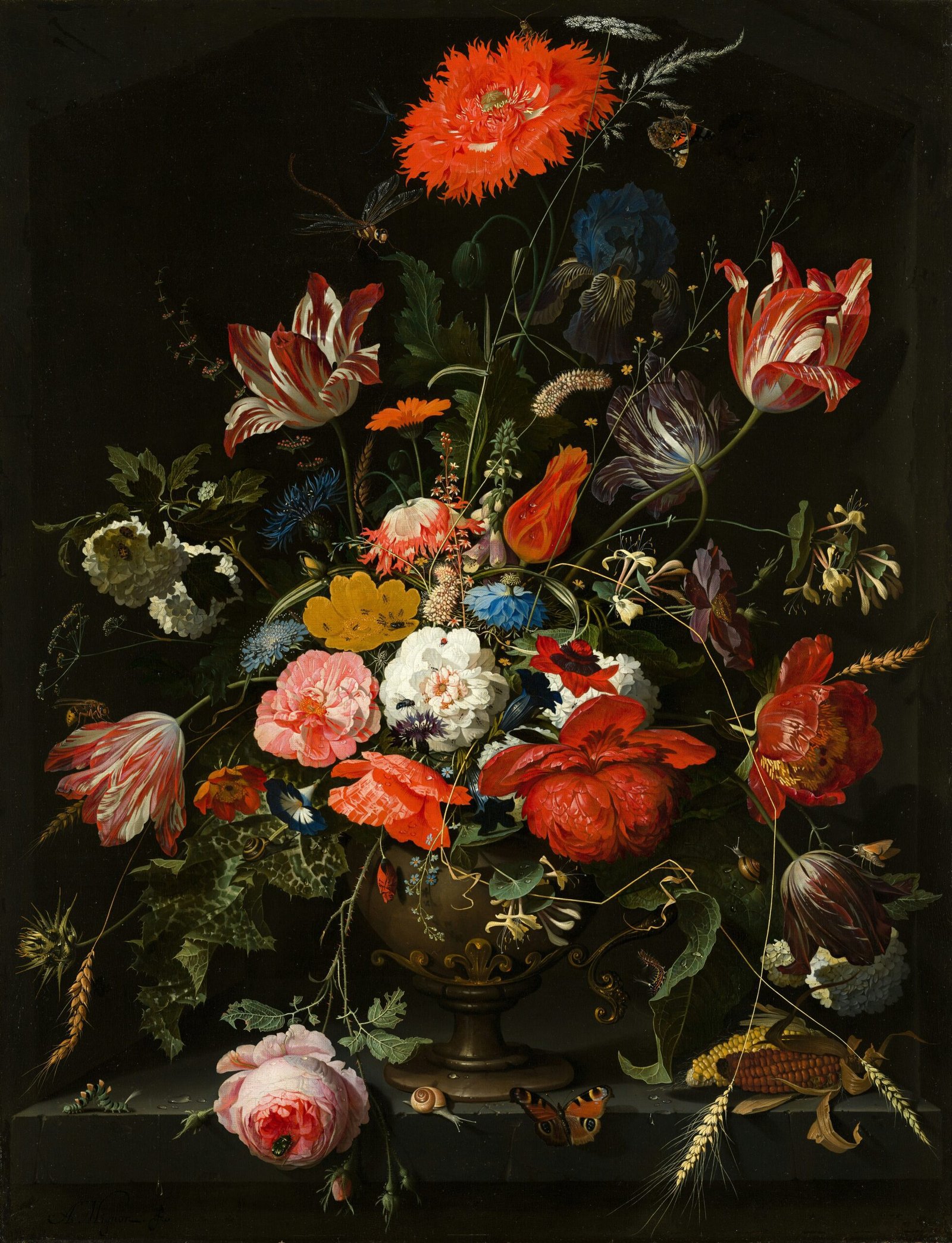
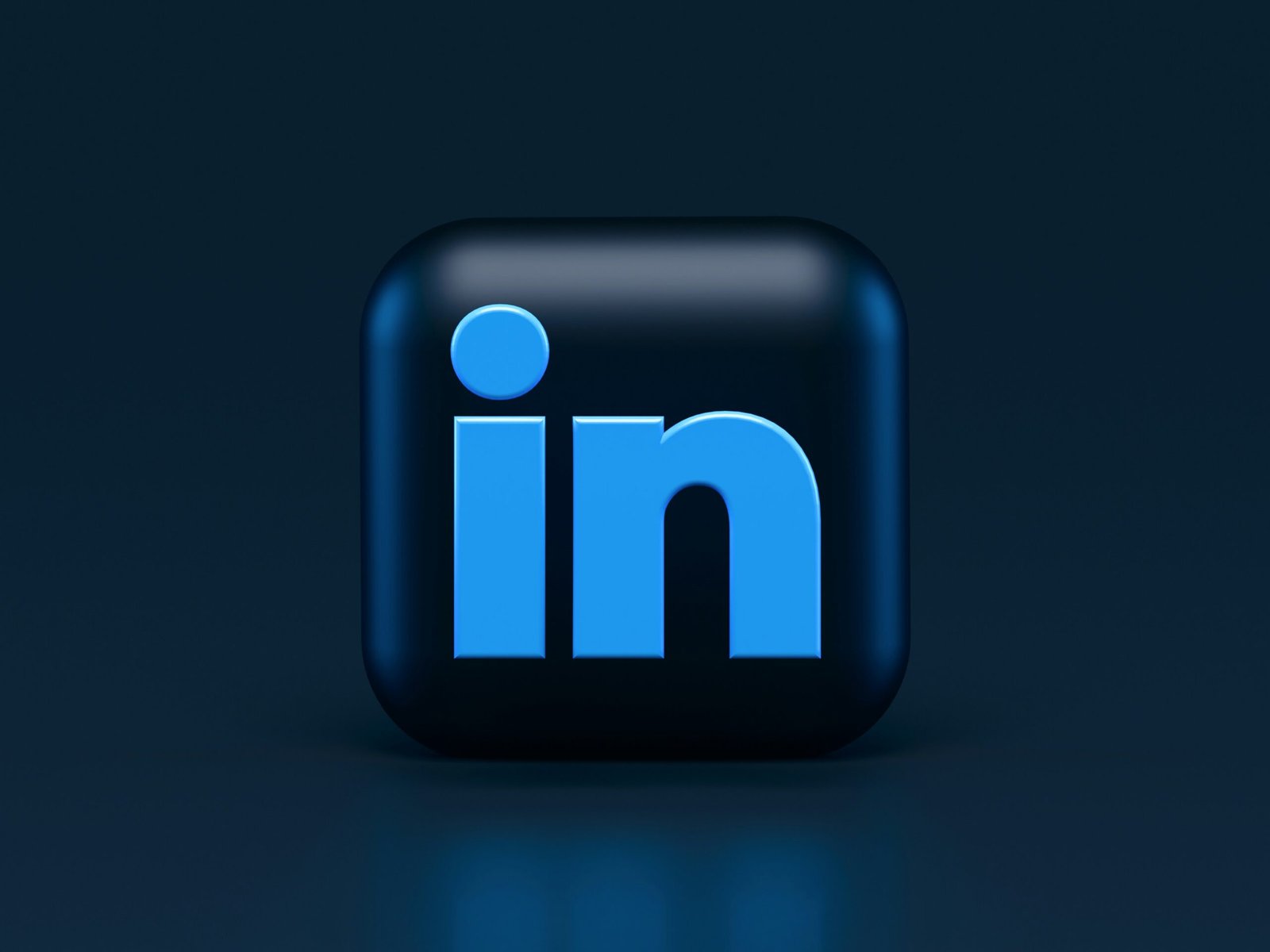
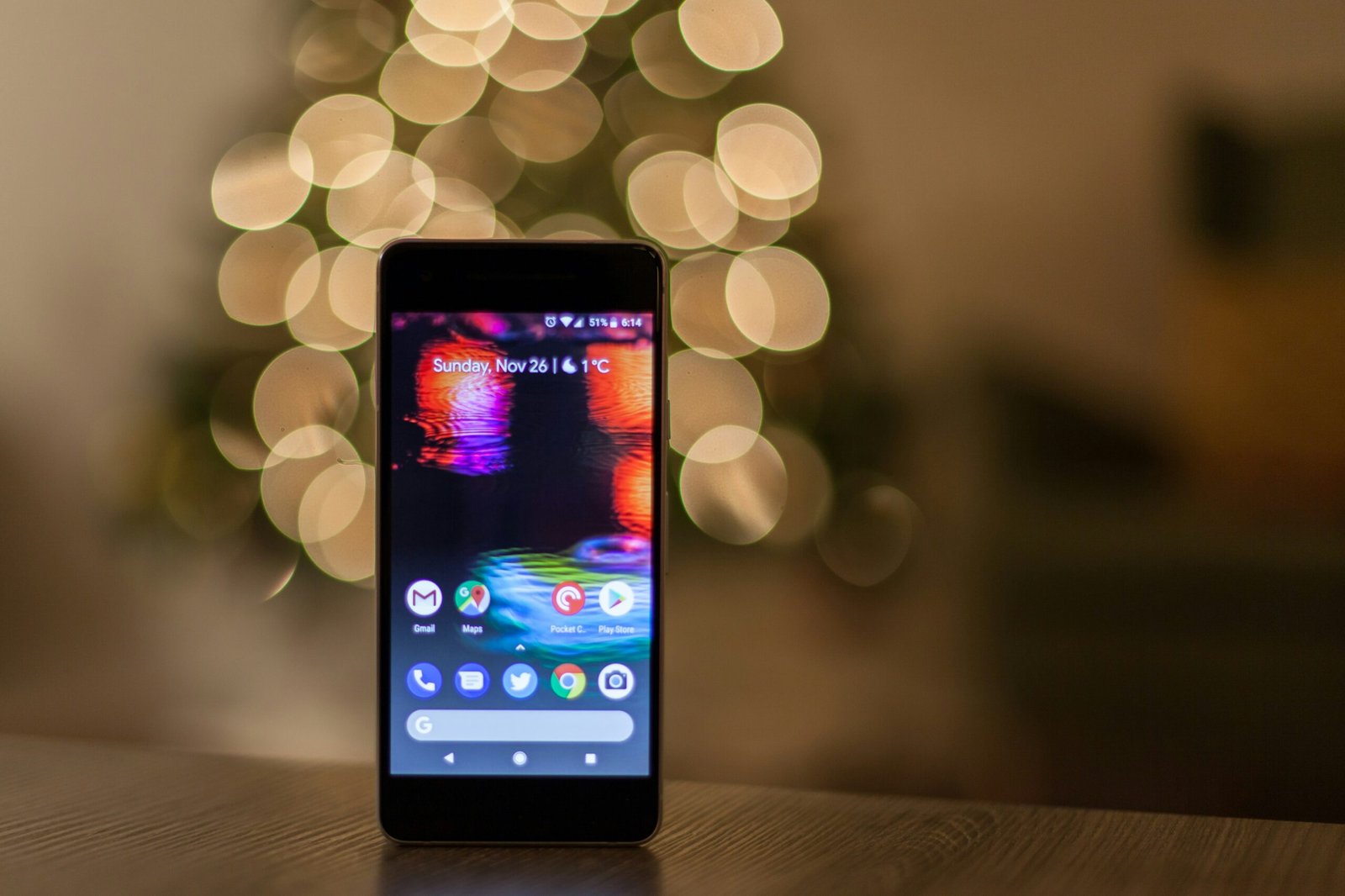
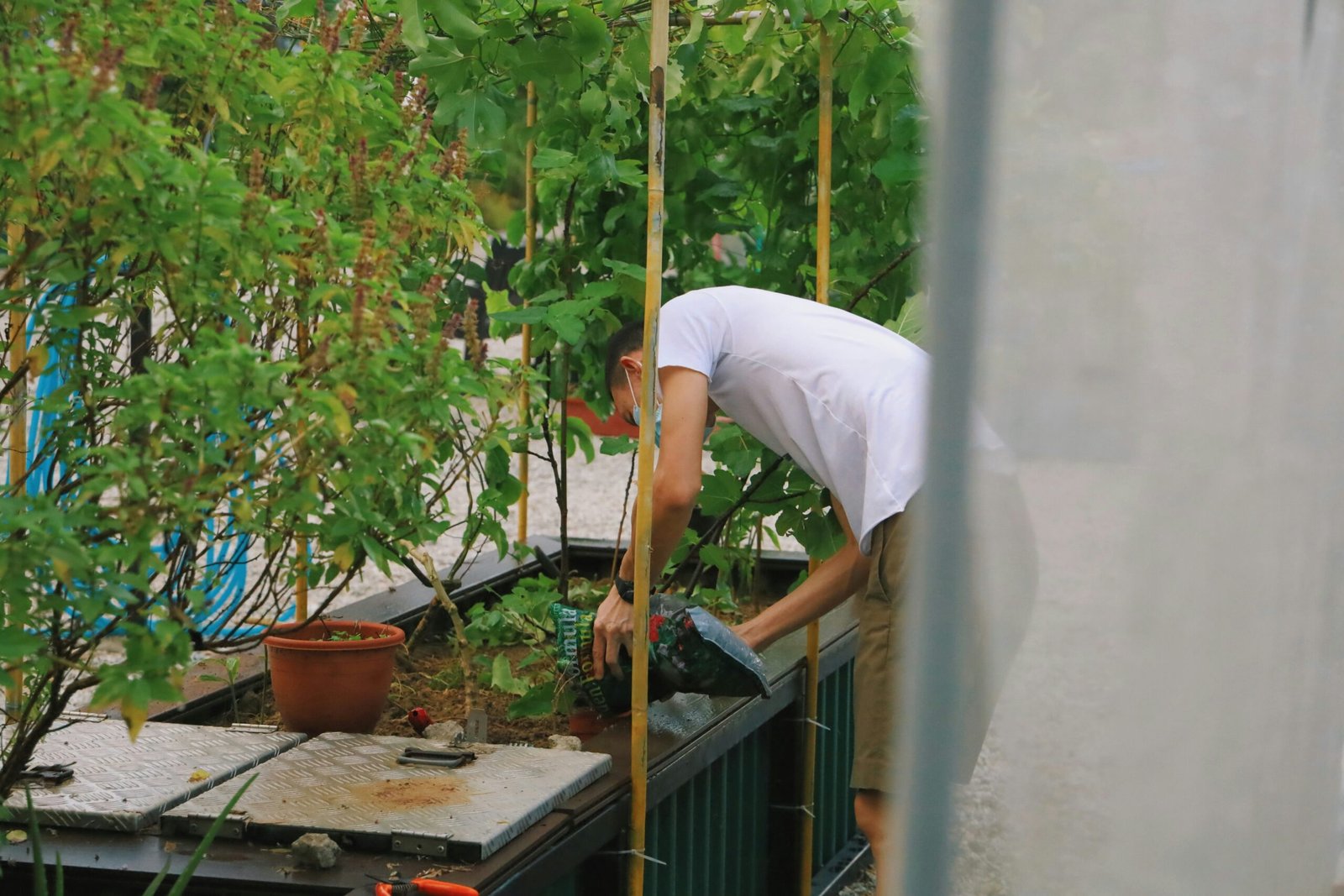

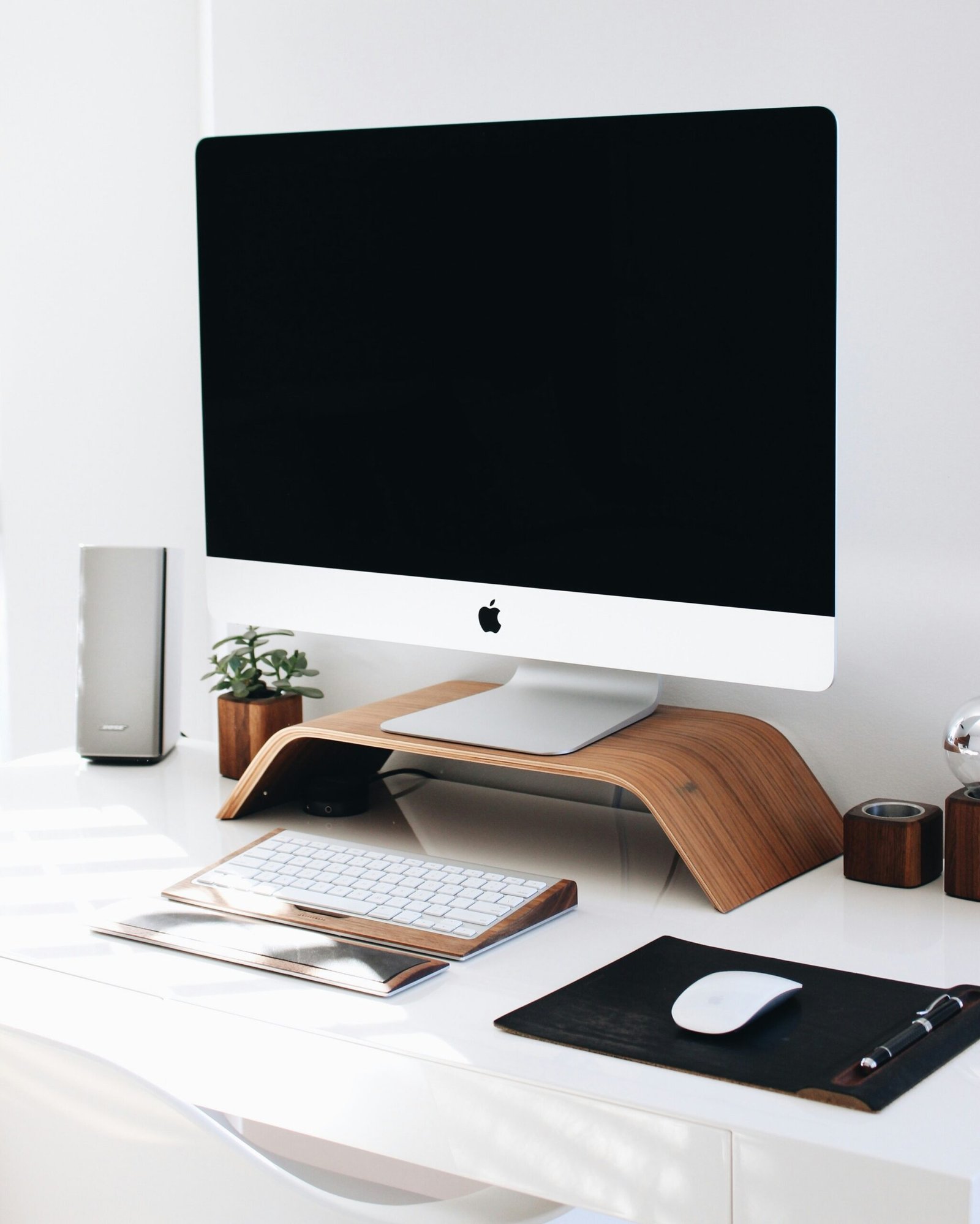

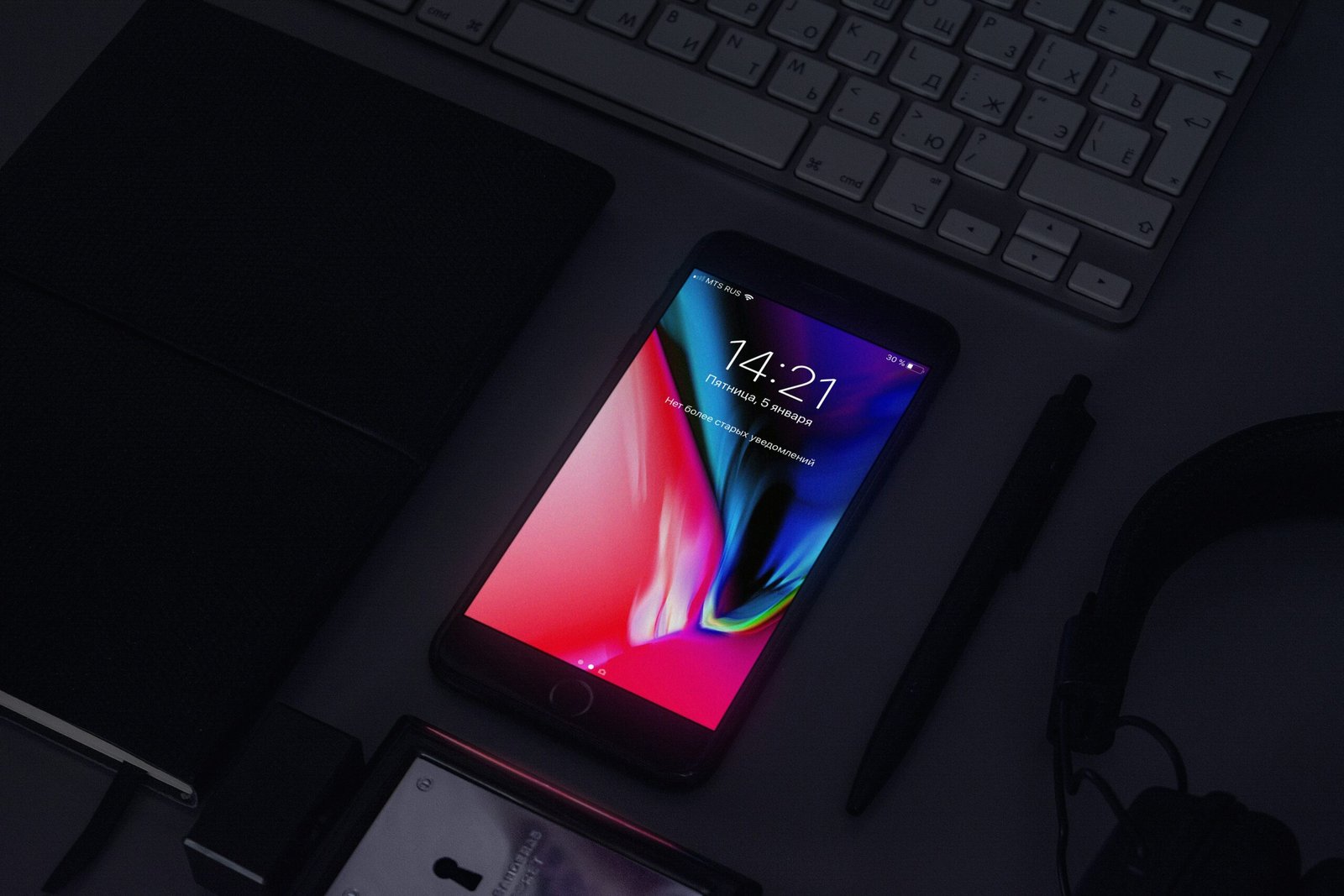

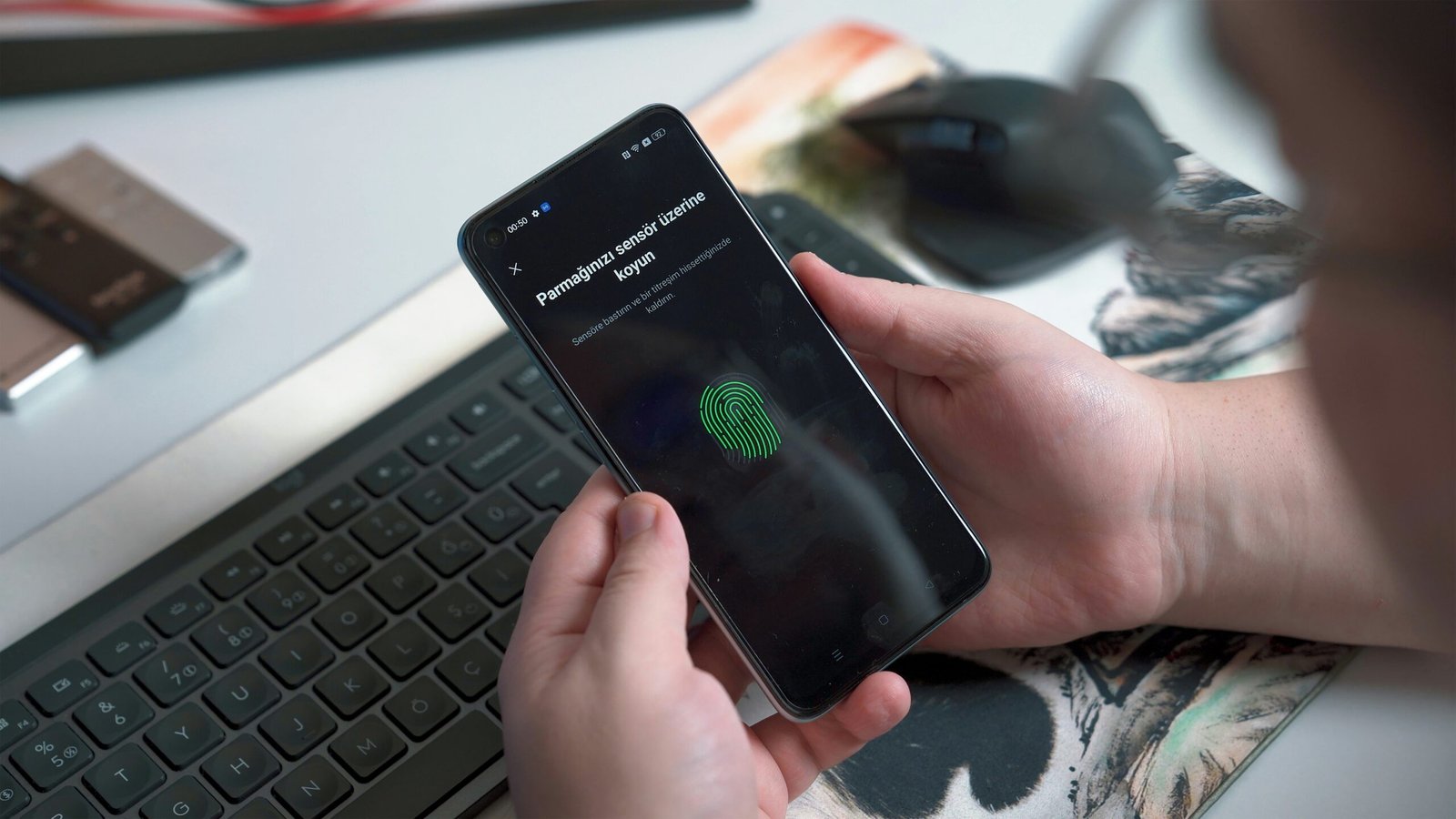
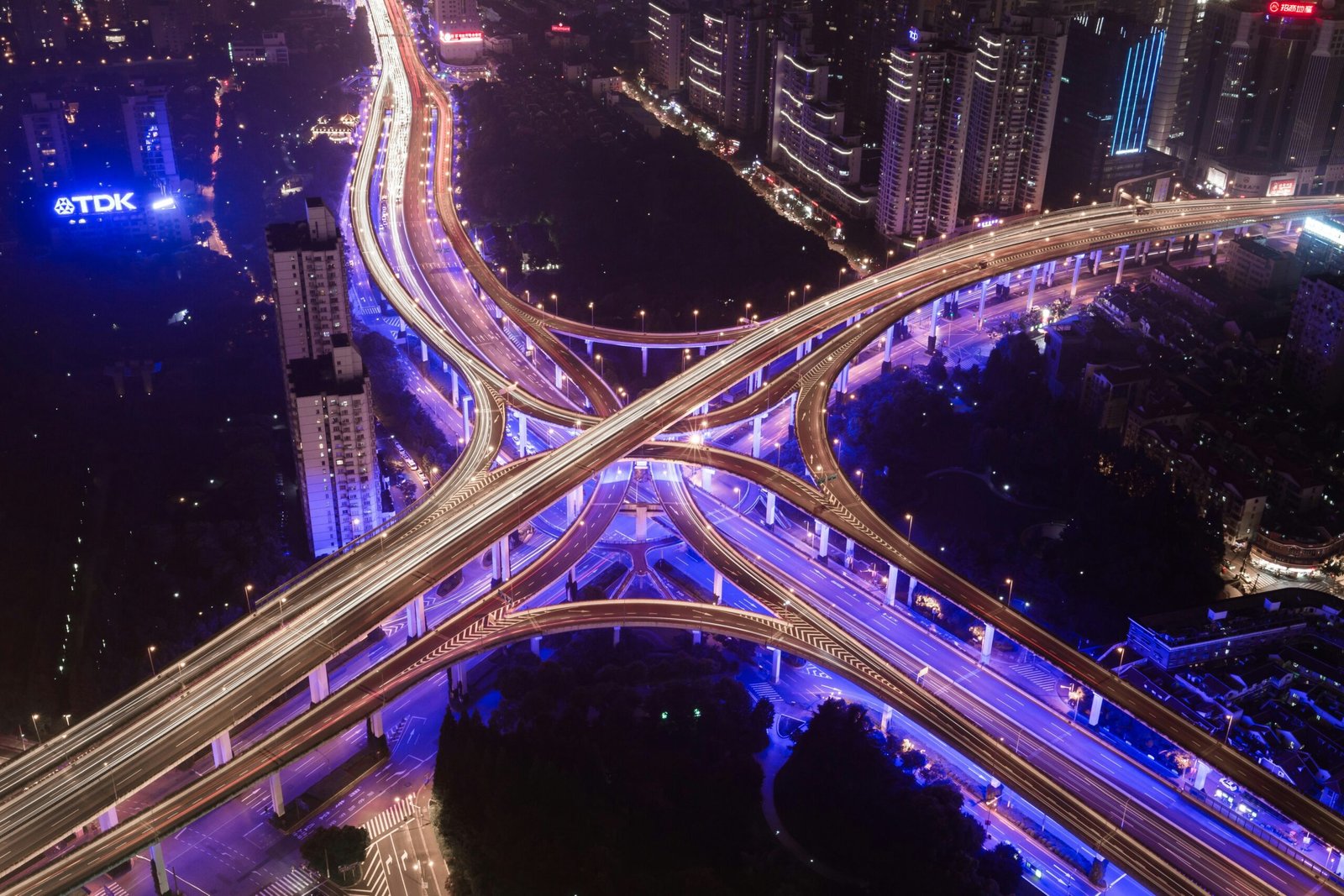

Leave a Reply